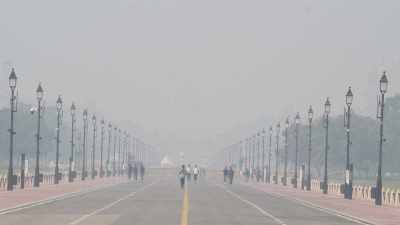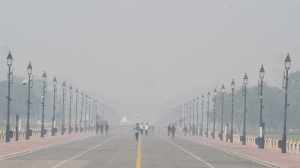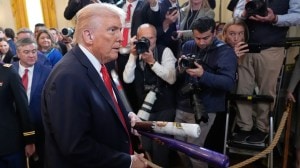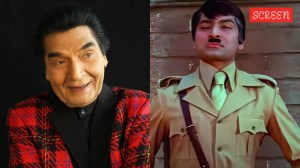India spin Australia to doom
Chennai, March 10: In the end, there was no last ditch fight, no Mackay-Kline last wicket partnership. Australia's resistance was passive on...

Chennai, March 10: In the end, there was no last ditch fight, no Mackay-Kline last wicket partnership. Australia’s resistance was passive on Tuesday and India, predictably enough, wrapped up the first Test at Chepauk by a comfortable margin of 179 runs. The last wicket fell 45 minutes before the scheduled tea interval and the result, incidentally, ended a 13-Test drought, the last victory being registered against South Africa at Kanpur in late 1996.
There was never really any doubt that India would emerge triumphant. Only the margin of victory and the time it would come about were being discussed as play resumed this morning.
And yet, when no wicket fell for 40 minutes, there was a lurking feeling that India might mess things up, like they did in similar circumstances at Kandy against Sri Lanka in 1985.
Mark Waugh, striking a few boundaries, looked in ominously good nick while Reiffel, at the other end, was obdurate. With six half-centuries and a highest Test score of 79 not out, Reiffel is certainly norabbit with the bat.
However, India achieved the breakthrough when Waugh was given out caught at short-leg by a tumbling Dravid off Kumble. Umpire Venkatraghavan upheld the appeal, but Waugh seemed displeased with the decision and stood rooted to the crease for a few seconds.
The next decision too caused an unpleasant reaction from Reiffel. The tall pace bowler was caught by a diving Azharuddin at short-gully as he played forward to Raju.
The appeal was upheld by umpire Sharp and the surprised look on Reiffel’s face said it all.
Australia were by now down to their last two recognized batsmen, but there were no heroics from them. Ponting, playing back, was declared leg before by Sharp, but ICC match referee Peter van Der Merve would have taken a close look at his reaction.
Ponting was at first loathe to leave the crease. He seemed dumbfounded at the decision and as he started his trek to the pavilion, he seemed to be asking Sharp as to how he was out, caught or leg-before.
All these theatricalsmade no difference to the decision and the fact was that Australia were now 91 for six and that much closer to the hangman’s noose.
Steve Waugh, their last bastion of strength, fell in the last over before lunch giving Dravid at short-leg his third catch of the innings as he nudged Raju. With their score at 96 for seven, the Australians must have munched their lunch rather moodily.
It was only a matter of time now, but Ian Healy and Shane Warne refused to accept the inevitable. They batted as if Australia were chasing a target against time with Healy running well-placed singles and Warne chancing his arm, rather than a pair fighting in a losing cause.
However, after the two added 57 runs in 16.5 overs, Warne chanced his luck once too often. He had just hit Chauhan for a six, and trying for another, he was well held by Kumble at deep mid-wicket.
The crowd, which had grown to about 30,000 in mid-morning, was now shouting themselves hoarse and furiously beating the drums, cymbals and other assortedobjects.
As Robertson came in, one remembered his timely half-century in the first innings. This time, however, his stay was limited to one ball. The delivery from Chauhan turned quite a bit, kept low and hit the stumps.
But this was the dying kangaroo’s last roar for in the next over Kasprowicz lofted Kumble only for Srinath to run in and complete the catch and signal India’s first triumphant campaign in this city against Australia in seven encounters, dating back to 1956.





- 01
- 02
- 03
- 04
- 05


























